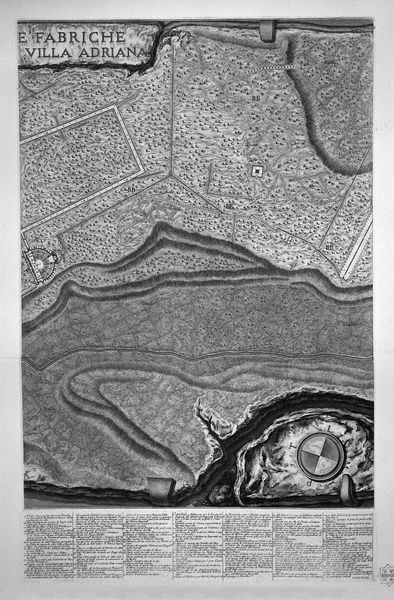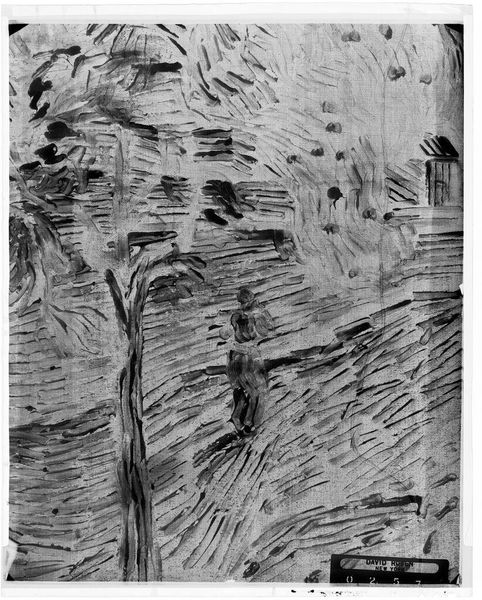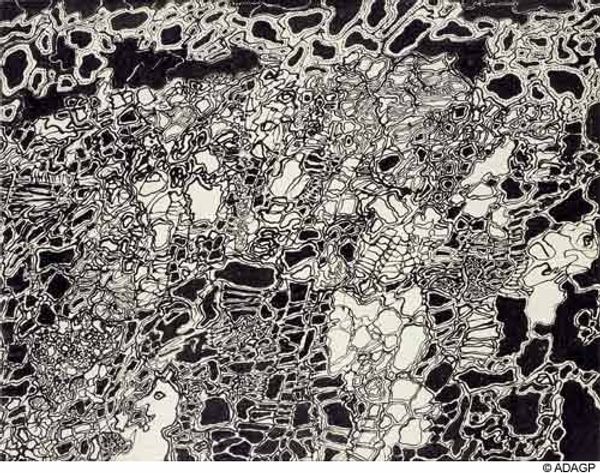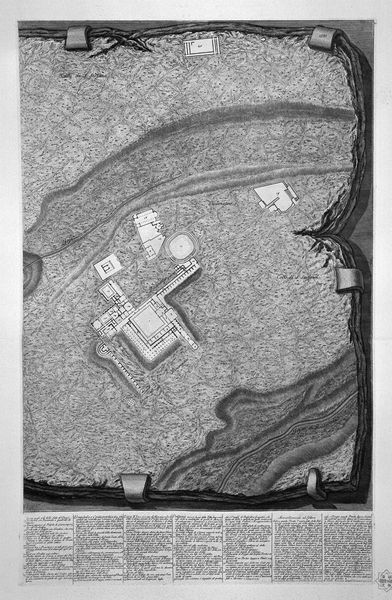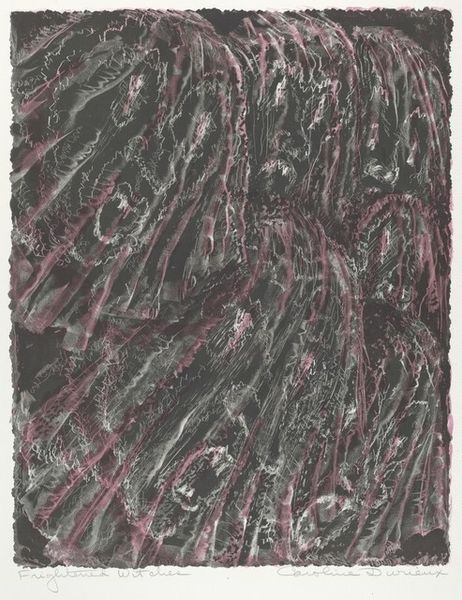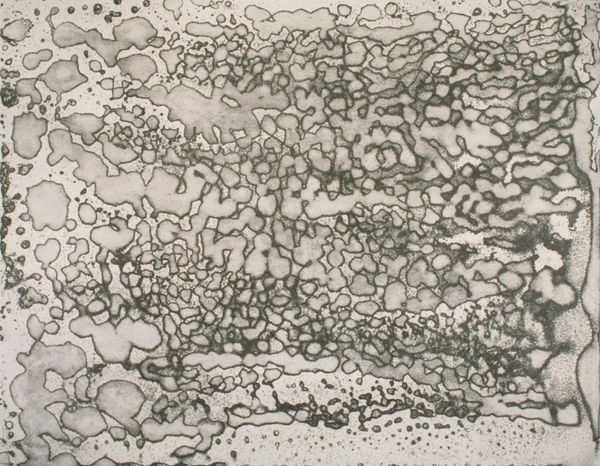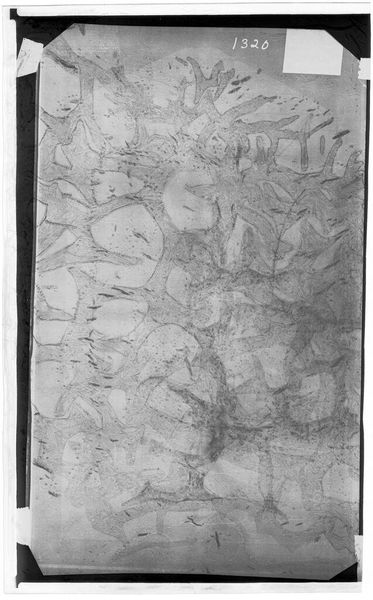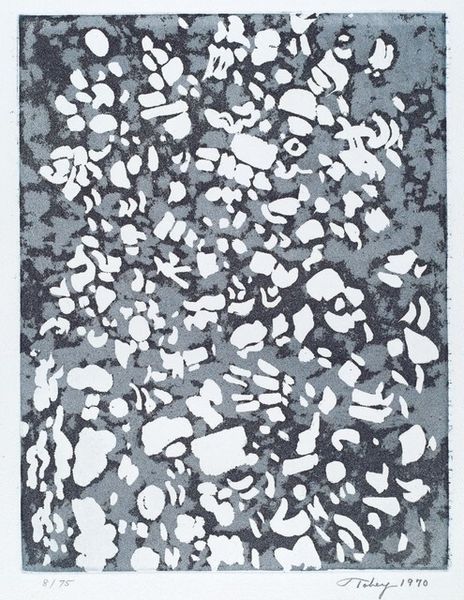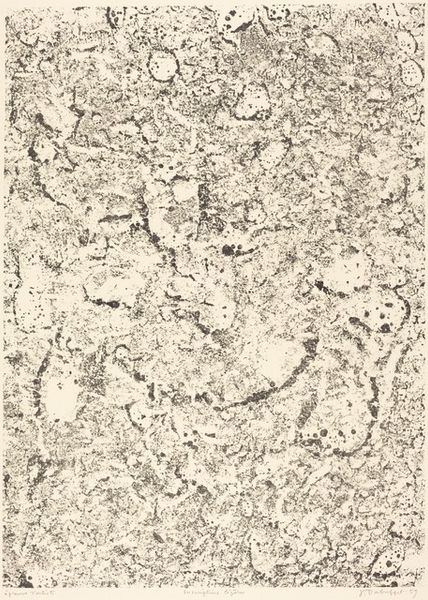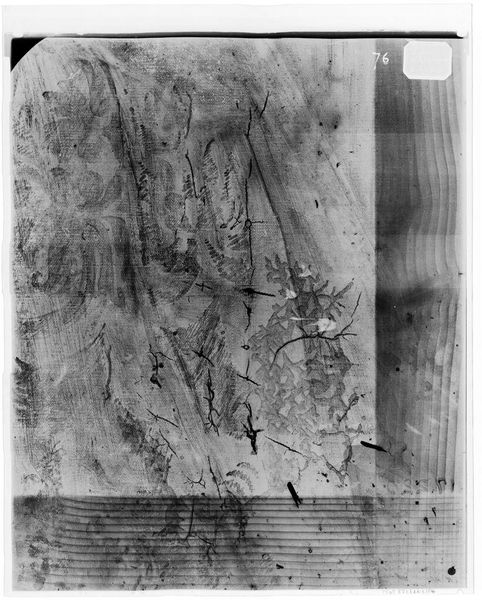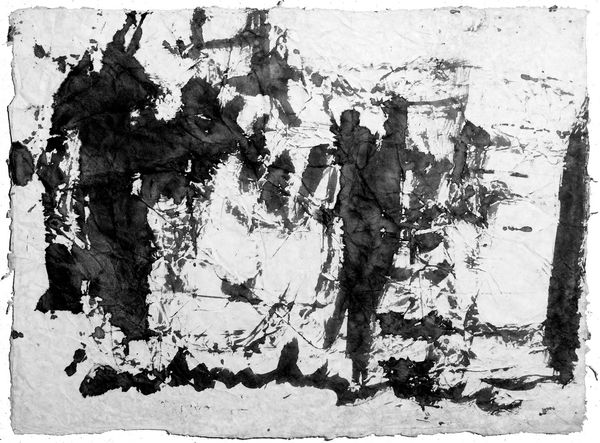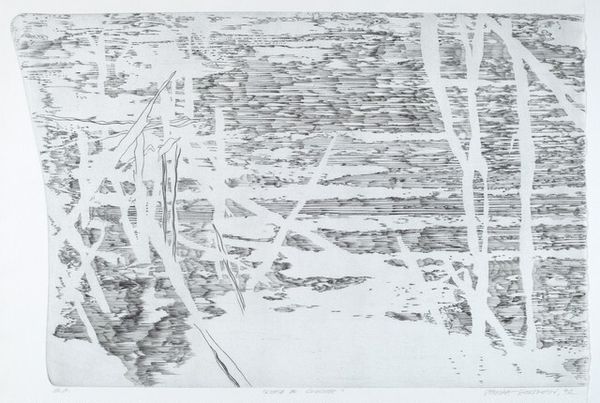
Plan of the existing factories in the Villa Adriana, with a dedication to St. M Stanislaus Augustus, King of Poland
0:00
0:00
drawing, print, etching, paper, pencil, graphite
#
pencil drawn
#
drawing
#
neoclacissism
# print
#
etching
#
landscape
#
paper
#
pencil
#
graphite
Copyright: Public domain
Giovanni Battista Piranesi created this detailed etching of Hadrian's Villa, a sprawling complex representing the pinnacle of Roman imperial ambition. The plan itself is rich with symbolic intent, echoing the classical themes and forms that Emperor Hadrian himself so admired. Consider the very act of mapping: it’s an assertion of control, of understanding a space so thoroughly that it can be flattened and represented on a single plane. This recalls the Roman impulse to survey and conquer, both physically and intellectually. The ordered layout of the villa's structures reflects the Roman ideals of rationality and power. Yet, beneath this veneer of order, the wild, overgrown state of the ruins hints at the cyclical nature of history, a theme that resonates across time. Hadrian sought to recreate elements of the known world within his villa, an early form of cultural appropriation and synthesis. These ruins, frozen in Piranesi's etching, speak to the enduring human desire to capture and monumentalize experience. The etching is more than a historical record; it's a meditation on the rise and fall of civilizations, a theme that continues to haunt the human psyche.
Comments
No comments
Be the first to comment and join the conversation on the ultimate creative platform.
